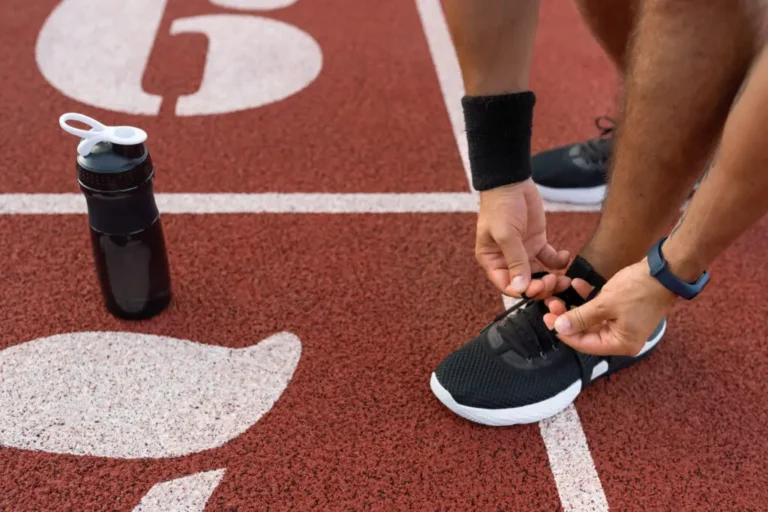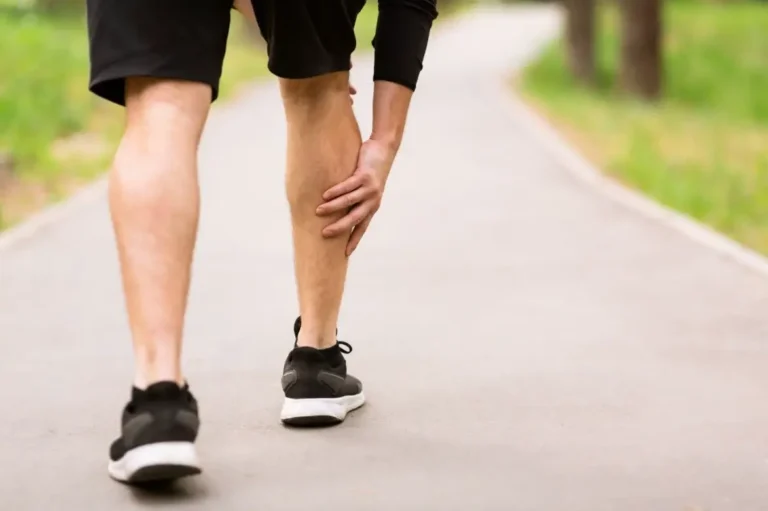Do you ever find yourself in the gym, working up a sweat, and suddenly, out of nowhere, you feel a throbbing headache creeping in? It’s a frustrating and uncomfortable experience that can quickly derail your fitness routine. If this scenario sounds familiar, don’t worry; you’re not alone. In fact, I’ve been there myself.
Welcome to our fitness blog, where we’re diving into a common yet puzzling issue: “Why am I getting headaches in the gym? 5 Possible Reasons.” Let’s break it down, keep it real, and explore some possible explanations for those unexpected gym headaches.
Picture this: You’re midway through a challenging workout, feeling pretty good about your progress. You push yourself a bit harder, thinking it’ll bring you closer to your fitness goals. Suddenly, a dull pounding starts at the base of your skull, and it’s as if someone’s tightened a vice around your head. The weights and machines around you become a blur, and you’re left wondering what just happened. Sound familiar?
I’ve been there too, and it can be incredibly frustrating. But fret not, because there are rational explanations for these headaches. We’re not here to exaggerate or add unnecessary drama; we’re here to provide practical insights.
In this blog, we’ll explore five possible reasons behind these gym-induced headaches. We’ll talk about hydration, improper breathing techniques, overexertion, tension, and even the role of pre-workout supplements. No need for a medical degree or a fitness guru’s wisdom; we’ll keep it straightforward and approachable.
So, if you’ve ever wondered why your gym sessions sometimes come with an unexpected side of headaches, keep reading. We’re here to help you understand, address, and ultimately overcome this issue, one realistic step at a time. Let’s get to the bottom of it together, so you can focus on your fitness journey without those pesky interruptions.
Why am I getting headaches in the gym?
1. Exertional Headaches
Exertional headaches are a common type of headache triggered by physical activity. These headaches can occur during or after a workout and are often described as pulsating pain on both sides of the head. While primary exertional headaches have unknown causes, experts believe they may be related to the narrowing of blood vessels during exercise. On the other hand, secondary exertional headaches are triggered by an underlying condition, such as sinus infections or tumors.
To prevent exertional headaches, it’s essential to stay hydrated, especially when exercising in warm weather or at high altitudes. Drinking fluids before, during, and after your workout can help maintain proper hydration levels and prevent dehydration-related headaches. Additionally, gradually warming up before exercising and reducing the intensity of your workout can also help prevent exertional headaches.
If you frequently experience headaches after exercising and have other unusual symptoms, it’s important to consult a healthcare professional to rule out any underlying conditions that may require treatment.
2. Dehydration and Headaches
Dehydration can contribute to headaches during exercise. When you exercise, your body loses fluids through sweat, and if you don’t replenish those fluids by drinking enough water, dehydration can occur. Headaches are often one of the first signs of dehydration, along with heightened thirst, dizziness, fatigue, and decreased urine output.
To treat dehydration-related headaches, it’s crucial to replenish lost fluids and electrolytes. Drinking plenty of water is essential, but you can also consider consuming unsweetened coconut water, which contains electrolytes. Avoiding sports drinks that contain added sugars can help prevent worsening headaches.
To prevent dehydration, aim to drink 1 to 3 cups of water in the couple of hours before exercising. During your workout, carry a water bottle to replenish fluids as you sweat, and don’t forget to drink a few glasses of water after your workout as well.
3. Sun Exposure and Headaches
Sun exposure, particularly in hot weather, can trigger headaches in many individuals, even without exercise. If you’ve been exercising outdoors in the sun and developed a headache, it’s best to head inside if possible and find a dark or low-light room to relax in. Placing a cool, damp washcloth over your eyes and forehead or taking a lukewarm shower can provide relief.
To prevent sun-related headaches, take measures to protect yourself from direct sunlight. Wear sunglasses, a wide-brimmed hat, or a damp bandana around your neck to shield your face and eyes. Carrying a small spray bottle filled with cold water can also help you cool down periodically during your workout.
4. Low Blood Sugar and Exercise Headaches
Low blood sugar, also known as hypoglycemia, can contribute to headaches during exercise. When you don’t consume enough food before working out, your body burns through glucose, leading to a drop in blood sugar levels. Headaches are one of the main symptoms of hypoglycemia, along with shaking, extreme hunger, dizziness, and sweating.
Treating low blood sugar headaches involves consuming foods or drinks that contain carbohydrates right away. A glass of fruit juice or a small piece of fruit can provide a quick fix to raise blood sugar levels. Following up with complex carbohydrates, such as whole-grain toast, can help maintain stable blood sugar levels and prevent another crash.
To prevent low blood sugar, it’s important to eat a nutritious, balanced meal or snack within two hours before exercising. Opt for protein, complex carbohydrates, and fiber-rich foods to help stabilize blood sugar levels. Avoid sugary or processed, refined carbohydrates that can cause rapid spikes and drops in blood sugar.
5. Proper Form and Headaches
Exercising with poor form can lead to muscle tension, particularly in the neck and shoulders, which can quickly turn into a headache. Activities such as weightlifting, pushups, crunches, and running can strain these muscles if not done correctly.
Treating form-related headaches involves gentle stretches that target the neck and shoulder muscles. You can try exercises specifically designed to release tension in these areas. If stretching doesn’t provide sufficient relief, over-the-counter pain relievers like ibuprofen can help alleviate discomfort.
To prevent form-related headaches, pay attention to your posture and technique during exercises. Performing your workout in front of a mirror or recording yourself can help identify any issues with your form. If you’re unsure about proper form, consider working with a personal trainer who can guide you through exercises and ensure you’re using the correct technique.
Final Thoughts – Are Headaches After The Gym A Problem?
Experiencing headaches during or after exercise can be frustrating, but understanding the causes and implementing prevention strategies can help alleviate discomfort. Whether it’s staying hydrated, protecting yourself from the sun, maintaining stable blood sugar levels, or practicing proper form, taking proactive measures can make a significant difference.
While most exercise-related headaches are harmless and can be treated at home, it’s important to be aware of when to seek medical attention. If you experience headaches that start suddenly or occur despite following prevention strategies, it’s advisable to consult a healthcare professional. They can evaluate your symptoms, rule out underlying conditions, and provide appropriate treatment if necessary.
Remember to listen to your body, consult a healthcare professional if needed, and continue your fitness journey with confidence and enjoyment.







